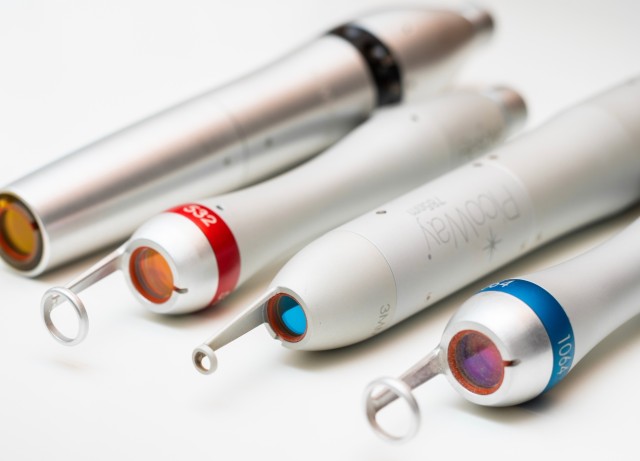While facial discoloration has always been a prevalent skin issue, the emergence of brown spots in recent years has become more frequent. It's no coincidence that these spots have now risen to the top of our list of concerns. So, what's causing this, and how can we prevent or manage it?

Experts suggest that the Baby Boomer generation is now facing the consequences of their youthful sunbathing days without sunscreen. Additionally, early contraceptive use and later hormone replacement treatments are major contributors to the rise in skin discoloration.
Scientifically known as dyschromia, hyperpigmentation is the visible outcome of an excessive melanin concentration in areas like the face, décolletage, shoulders, and the backs of hands. While it's harmless, it's a visually bothersome aspect of photoaging, affecting predominantly women (90%).
What actually happens: Chronic sun exposure and UV radiation disrupt the normal functioning of melanocytes, leading to an excess production of melanin, the skin's natural pigment. This melanin is distributed unevenly in the skin, even if exposure to the sun is now limited. The damage accumulates over time, starting as early as age 20 in the deeper layers of the skin and gradually progressing to the surface.
Typically, brown spots become more pronounced in the summer and fade in the winter. However, if left untreated, they can become permanent fixtures on the skin.
Damage Takes Various Forms...
Certainly, several factors contribute to the development of pigmented skin lesions, including genetics, skin type, age, hormonal imbalances, sensitivity to medications and fragrances, and even acne problems. However, it's important to note that these factors typically don't cause skin damage on their own; they often require the influence of sunlight.
...and Manifests Differently:
- In fair-skinned individuals, small brown spots associated with photoaging tend to appear more frequently, typically after the age of 40, on areas like the face, décolletage, shoulders, and the back of the hands.
- For those with darker skin tones, post-inflammatory hyperpigmentation, resembling blemish-like discoloration, tends to occur following skin inflammation (e.g., acne scarring) combined with UV exposure.
- Melasma, often referred to as the "mask of pregnancy," primarily arises due to hormonal fluctuations. It can occur during contraceptive use, pregnancy, or menopause and typically appears on sun-exposed parts of the face.

Preventing Discoloration
Dr. Vergolia’s advice:
Sunscreen, always and everywhere. To prevent discoloration, opt for a specialized anti-spot sunscreen with a high SPF. Apply it year-round, whether you're in the city or at the beach, on sunny or cloudy days. Remember to use a larger amount than you might think you need.
Protect yourself from the heat. Heat can trigger melanin production. Avoid direct sun exposure during peak hours (11 a.m. - 3 p.m.) and keep your skin cool throughout the day to retain moisture.
Reinforcements needed. Apply an antioxidant-enriched serum under your sunscreen. This will significantly enhance the protective shield provided by the SPF index. Additionally, incorporate a cream into your routine that contains active ingredients regulating melanin production and targeting existing spots. This step will aid in restoring an even complexion and radiance to your skin, complementing any specialized in-clinic treatments.
How will we deal with discoloration?
Dr. Vergolia answers:
At M.S.H Clinic, we offer effective solutions to the issue of discoloration, utilizing the tools of modern aesthetic dermatology and tailored treatments.
By thoroughly analyzing your skin's condition, both on the surface and beneath it, and pinpointing discoloration resulting from UV exposure using the VISIA imaging analysis system, we create a specialized treatment plan. This plan is designed to address discoloration of all types, regardless of their origin.
For example, the FDA-approved Candela PicoWay® is the pinnacle of picosecond laser technology. It offers various heads and wavelengths, allowing precise targeting of specific skin areas. PicoWay® delivers energy pulses to address pigmented skin issues like freckles, and brown spots, and also noticeably enhances the appearance of acne scars. In just a few sessions, you can bid farewell to unwanted marks, all without pain or discomfort and above all, with absolute safety.
Another highly effective option is chemical peeling, a long-standing favorite for skin rejuvenation. This process involves applying chemical acid solutions to your skin. At MSH Clinic, we carefully curate the ideal blend of acids to treat discoloration. This combination effectively and painlessly removes dead skin cells from the surface layers, restoring your skin's healthy and even appearance.